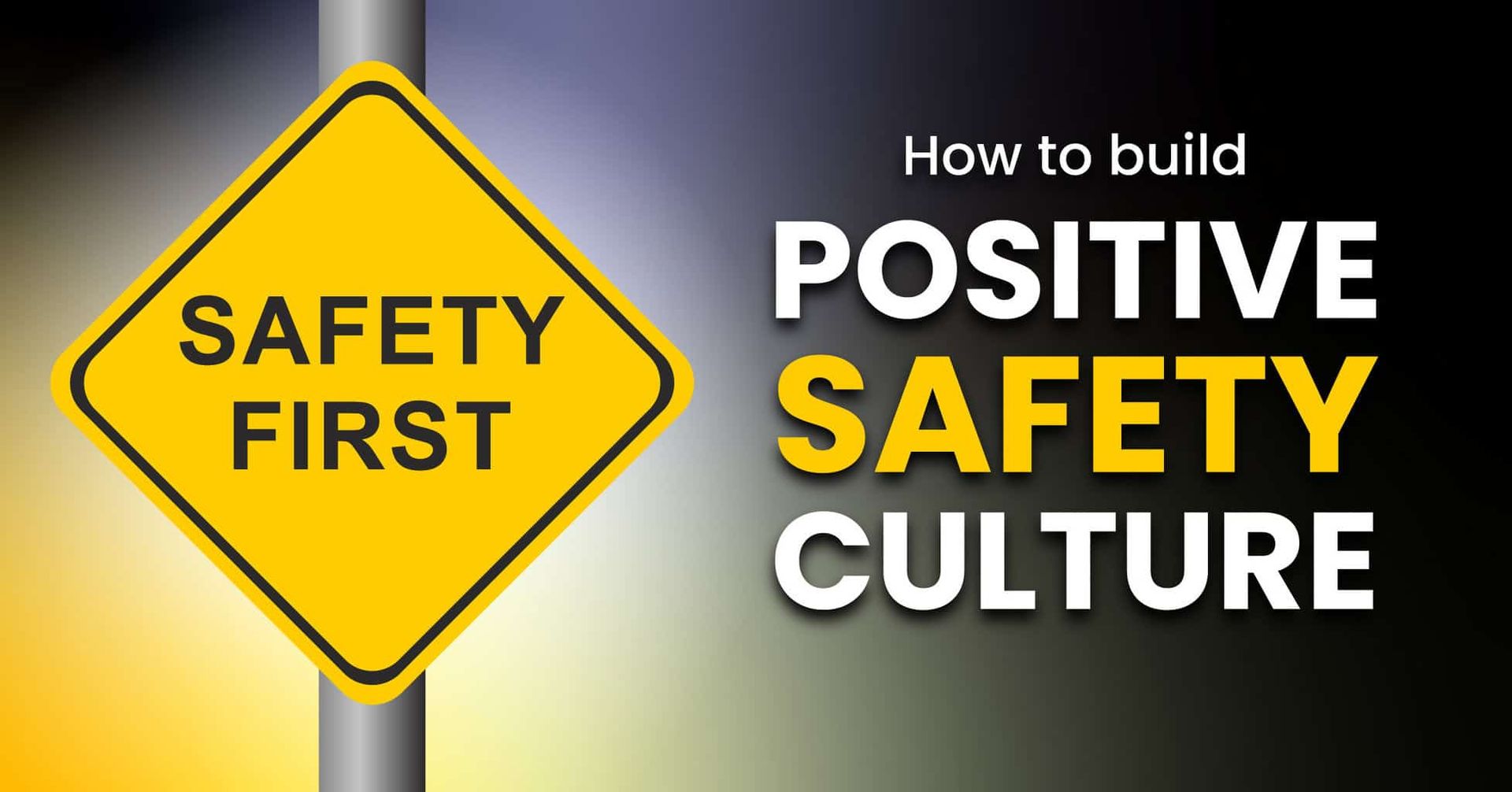Safety Culture: What Is It and How Do You Foster a Positive One?

Safety Culture: What Is It and How Do You Foster a Positive One?
According to OSHA, safety culture consists of, “shared beliefs, practices, and attitudes that exist at an establishment. Culture is the atmosphere created by those beliefs, attitudes, etc., which shape our behavior.”
Safety culture is imperative in every workplace but is not so easily measured. With its focus relying heavily on employee actions, both proactive and reactive, what is measurable is the response these actions create.
A lack of effective safety culture results in more workers’ comp claims, injuries, and hazards. A higher amount of workers’ comp claims increases the chances for exaggerated or completely fraudulent claims, which means money lost. With a well-oiled and communicative safety culture, a business will not only save money, but safeguard its employees’ wellbeing and improve the overall work culture.
Here Are Some YellowBird Strategies to Create and Encourage a Positive Safety Culture:
Setting Goals and Hitting Them
Having consistent, attainable safety goals shows a management’s confidence in its employees. Employees should be trusted to take safety seriously, and end up with the least injuries possible. With goals in place, everyone is held accountable.
Setting goals shows employees that management is paying attention. Paying attention means they care, and that they’ll notice if injuries do occur. Injuries don’t fly under the radar, they set the radar off.
Goals gone unmet invites the conversation of how accidents can be prevented, and how situations can be better handled in the future.
Involvement and Participation
Engaged employees care about their workplace and those inside it. To boost engagement with other employees, you can host monthly safety meetings – but not the safety meetings that initially come to mind. In order to get employees to listen instead of switching to autopilot, the meetings should be interesting and not the same agenda every week.
Dialogue, rather than monologue, is always the better choice. It’s important to get employees involved in the conversation. Instead of talking at them about safety measures and results from the last month, talk with them.
Recognition
Meeting a goal without a reward doesn’t do much for the person who met it. At the aforementioned safety meetings, take time to recognize the job well done of a person/department/team. It might sound simple, but rewards and acknowledgement only promote general morale and the desire to meet the goal again.
Encouragement is a great motivator. Along with a blurb in the company newsletter or a framed photo posted, it acts as a nice prize for meeting a goal.
Appreciation
With appreciation, a little goes a long way. It’s more than just being appreciative after a sales goal was met – it’s important to show gratitude towards improving safety culture as a whole. That appreciation is shown by managers attending monthly safety meetings and personally thanking those who have continued to uphold the safety culture of the company.
Openly communicating, being thankful, and treating your employees with humanity shows employees that they aren’t just another cog in the business machine. Your attention and appreciation shows them that their unique presence and hard work are valued.
Follow-through
The easiest way to lose credibility is by pretending to care about safety without putting forth any of the preventative effort. The key is to be transparent – to make your company’s safety goals public and visible, and follow through with goals that are set. Good leaders back up their safety goals with actions, and are intent on keeping employees safe.
The value at the innermost core of any company shouldn’t have anything to do with money, status, or power. A company must keep the highest focus on its people and the best ways to keep them safe, because people are what keeps a business running.


